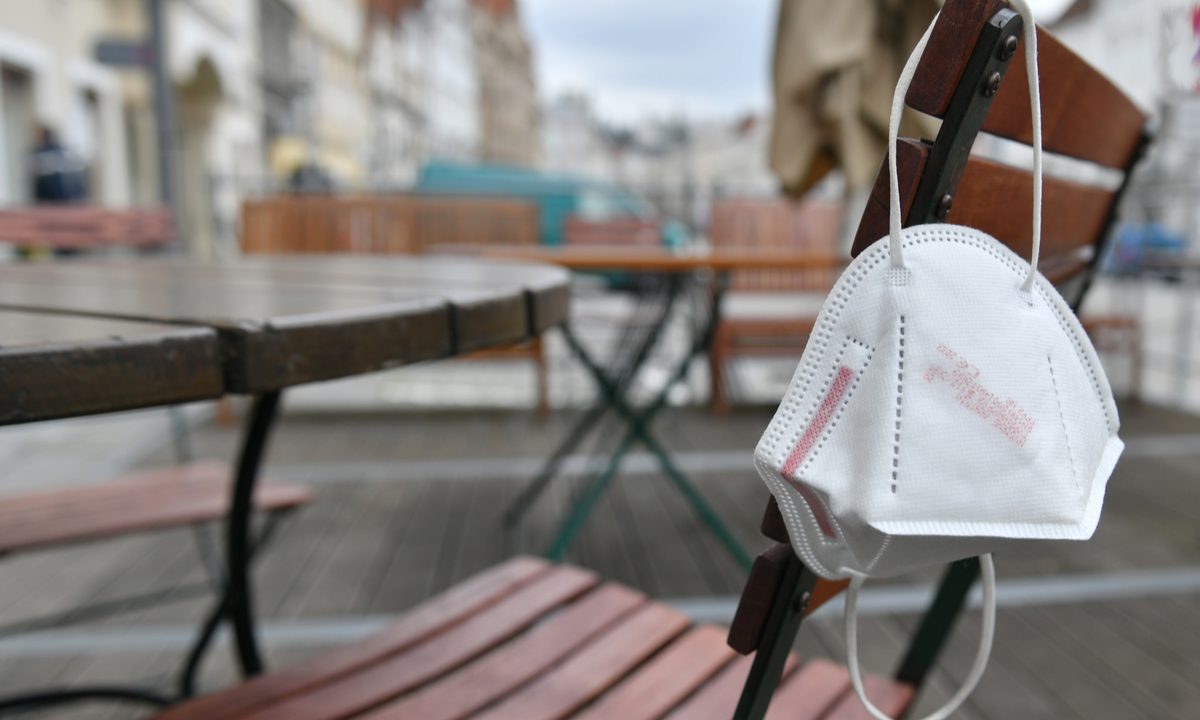Remote and Ready: Online Shift Stands as Bright Spot Amid Austrian COVID Lockdown Fears

How is this happening again? How did beautiful, bucolic Austria, a tiny but affluent nation of 9 million people that is about the size of Maine, find itself at the center of pre-holiday season news flow for its decision to mandate COVID vaccines and impose a 3-week lockdown?
In truth, the why and how questions are fairly clear (the country has one of the lowest vaccine rates in Western Europe). What is also clear is that the place best known for giving the world “The Sound of Music” is also now the leading exporter of fear, as ripple effects from its not-uncontroversial domestic decision reverberate through markets and minds around the globe.
“It hurts that such measures still have to be taken,” Austrian Chancellor Alexander Schallenberg said at a televised news conference Friday (Nov. 19) ahead of lockdowns set to kick in Monday. Although two-thirds of Austrians are fully vaccinated, the new goal, in the face of rising case counts, is to get that to 100% by the end of February.
“We have not succeeded in convincing enough people to get vaccinated,” he added.
The Lockdown Heard Round the World
Nothing happens in a vacuum anymore, especially during a pandemic, and neighboring nations, such as Germany, that are already wrestling with their own rise in case counts, are on the watch for similar actions. Given the porous nature of borders in the European Union and the sheer volume of travel and commerce that occurs, it is not surprising that nervous investors aren’t waiting and are already bunkering down — just in case things get worse.
Just look at the euro, which touched a 17-month low Friday against the U.S. dollar, as well as almost other economically sensitive assets such as oil, and the collective mindset as we creep toward the official kick-off of Black Friday and the busy holiday shopping season appears to be dread.
Or is it?
It’s not as if we haven’t seen this coming for months. In the U.S. alone, rolling “hotspots” in cities and states have never left us and continue to dot the landscape. As much as no one wants to relive Winter of COVID 2.0 all over again, few should be surprised that word of a sequel is arising in late November.
Ready or Not
If that scenario indeed plays out, and Austria’s lockdown does spread as currently feared, the cold hard truth of the matter is that this time it will be different. It may not be the idyllic Thanksgiving or Christmas of our dreams, but thanks to 20 months of preparation and practice, consumers and businesses have — like it or not — become experts in digital life … be that shopping, working, eating, communicating, paying bills and people, seeing doctors, watching movies, banking and more.
“One need not look far to appreciate how digital technology permeates consumers’ lives today,” PYMNTS’ How Consumers Live In The ConnectedEconomy report surmised of the responses obtained from over 15,000 U.S. adults surveyed this spring.
Read the report: How Consumers Live In The ConnectedEconomy
“Certain activities have become almost universal among U.S. consumers, like ordering products online and paying bills online. The developments of recent months — greatly accelerated by the pandemic and subsequent events — extend well beyond the increasing use of mobile and online tools and single-purpose gadgets,” the report concluded.
In short, as much as we may not want this to happen, and certainly hope any upticks in case counts prove to be brief, we are more than ready to digitally deal with the consequences this time than ever before. Device ownership is up, 9 in 10 consumers have made an online purchase, 85% have paid a bill online, the list of PYMNTS’ preparedness finding goes on and on.
This is not to say a second winter of lockdowns would be painless, but rather that if the Austrian crisis does spread, it would be less economically and socially ruinous than in the past. Certainly not optimal, but also not unforeseen either.
In the meantime, we can just hope for the best, and prepare for the worst.
You might also like: Profile of the Connected Consumer Emerging in Accelerated Pandemic Time
